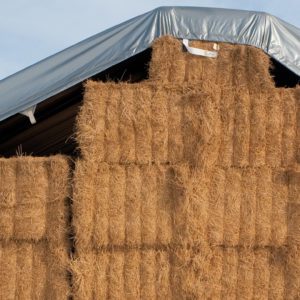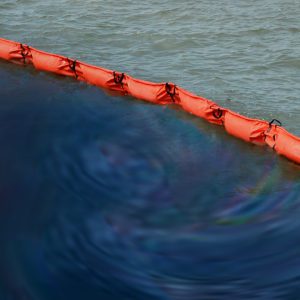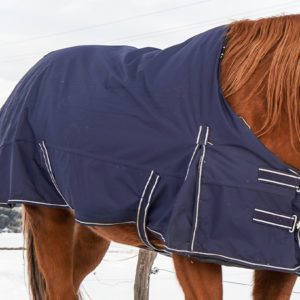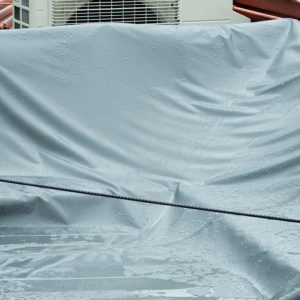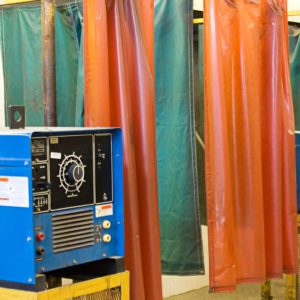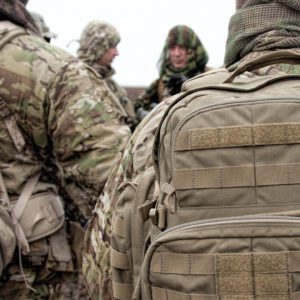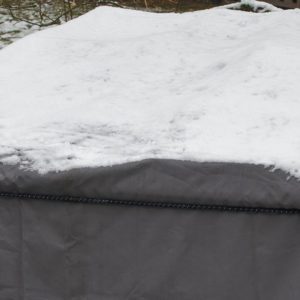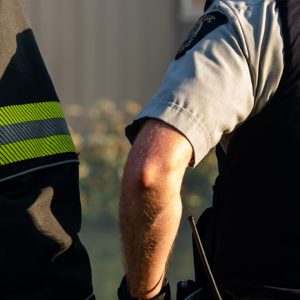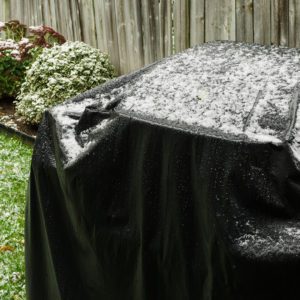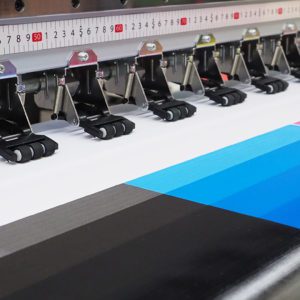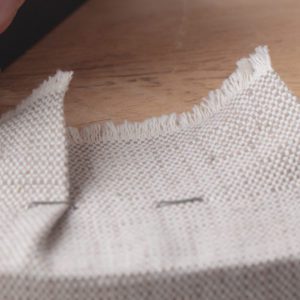Did you know one in eight fire department responses involves a highway vehicle fire? It makes sense that flame retardant (FR) fabrics are needed for many vehicles on the road. Non-residential fires (which include schools, commercial buildings, and tents) are down 64% from 1980 with textile safety advancements contributing significantly to this decline.
Understanding the terminology of fire safety and flame retardant testing is an important starting point. Here are some flame retardant standard terms to know:
- After flame – the time that a visible flame remains on the test material.
- Afterglow – the time in which a sample continues smoldering after removing the heat source.
- Char length – the material’s length burned away or charred following application to a heat source.
- Drip flame time – the number of seconds a material continues flaming after falling from its source to the test chamber floor.
- Flameproof – non-combustible material that will not catch fire when exposed to heat.
- Flame Resistant – non-flammable materials comprise these fabrics. While they will burn, their design prevents a fire’s spread.
- Flame Retardant – fabrics chemically treated to be slow-burning or self-extinguishing when exposed to a flame.
